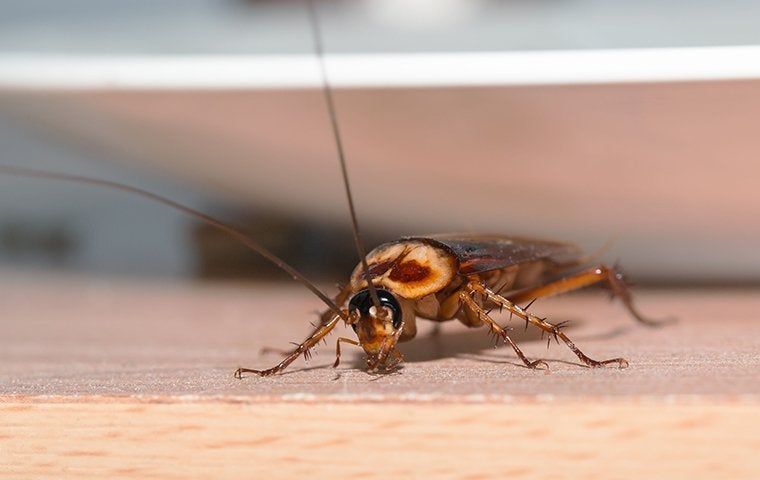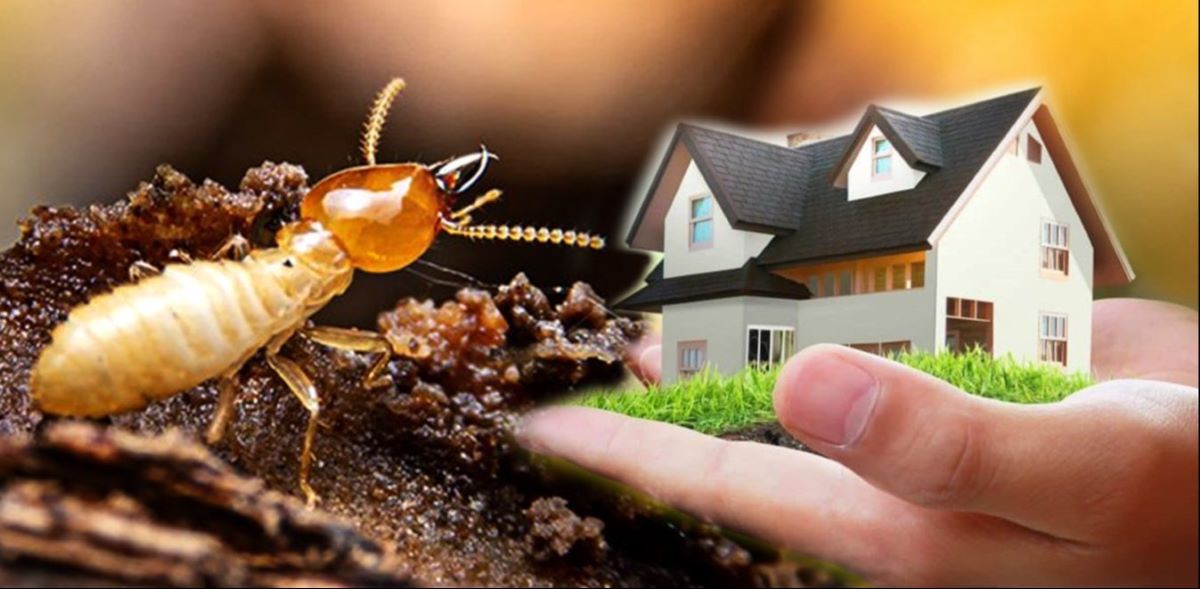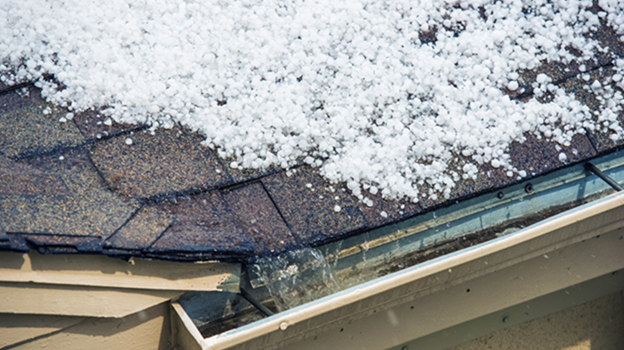
Anyone who lives in Phoenix is familiar with the all-too-common battle: you let the AC unit blast to beat the brutal summer heat, and out of the corner of your eye, you see a cockroach crawling across the kitchen floor. These hardy little critters laugh at our summers reaching upwards of 115°F, as they flourish in the desert heat and within the regulated air efficiency of your home.
In reality, cockroaches are adaptable little survivalists, and they have evolved into one of the most endemic pest concerns for Valley property owners. In this blog post, we will take a look at how cockroaches survive the heat, the importance of roach control in Phoenix, and more.
Why Roaches Thrive in the Desert?
The cockroach is like an evolutionary master of the desert, adapted to Phoenix like no other bug. These insects have remarkable temperature regulation as they can live through windy sub-zero weather, as well as a hot desert sun with temperatures in the range of 32°F to 120°F, making Arizona’s climate zones ideal for survival.
Cockroaches can live without food for up to 1 month and without water for 1 week. Moreover, the urban heat island effect of Phoenix generates proximity microclimates and foundations that provide them with perfect breeding temperatures even during the height of summer.
Why Roaches Can Also Thrive In AC?
These bugs often find a home in HVAC ducts and drip pans where conditions are wet and temperature-regulated. They, too, gather around condensation lines and leaks, and in proximity to refrigerator motors and water heaters, sources of warmth and humidity. Air conditioning units are the ideal triple threat. They bring darkness to hide, moisture from condensation, and speed so they can access walls and ceilings all over your house.
Research suggests that cockroaches thrive when the temperature is around 70-80°F and the humidity is 70%, a climate that Phoenix homes largely mirror on the inside. The long stretches of ductwork in Valley homes act as highways for roaches to travel without being seen. As air continually flows through homes, it helps spread their pheromones, actually aiding in communication and mate location.
Why You Will Need More Than a Spray Can
You may be satisfied to see a roach-plop when you spray it with a store-bought spray, but it is like putting a band-aid on the larger infection. The surface bugs you can see might be killed, but entire colonies hiding out of reach deep in your ductwork, crawlspaces, and wall voids are still alive and well when using over-the-counter products. Those roaches you see are only 10% of the total population, leaving 90% still hanging out breeding. These sprays cause “scatter effects,” which means that the roaches will avoid the zones sprayed, spreading to different rooms of your house.
Green Mango Pest Control Services is a professional service provider that believes in eliminating the roots rather than removing the symptoms, which is essential in the case of roaches. They have specialized tools to treat inside ductwork, apply residual treatments that are difficult to reach, and integrate pest management practices that address the source of infestations. Their Phoenix-specific solutions take local roach species, seasonal cycles, and desert construction techniques and materials into account.
How to Keep Roaches Out of Your Cool Zones
- Caulk around AC units and ductwork seals: Seal any openings in the walls, such as those around pipes and wires entering your home.
- Clean drip pans and condensation lines monthly: Remove pools of water that draw roaches to your HVAC unit.
- Apply door sweeps and weatherstripping: Build barriers that block roaches from getting in through cracks under doors
- Put food in airtight containers: Remove simple sources of food that attract cockroaches to your kitchen and pantry spaces
- Repair leaking pipes and faucets immediately: Eliminate water sources that cockroaches need to survive in your home
- Get regular HVAC maintenance: If the system is clean and well-drained, it is less likely to attract roaches







